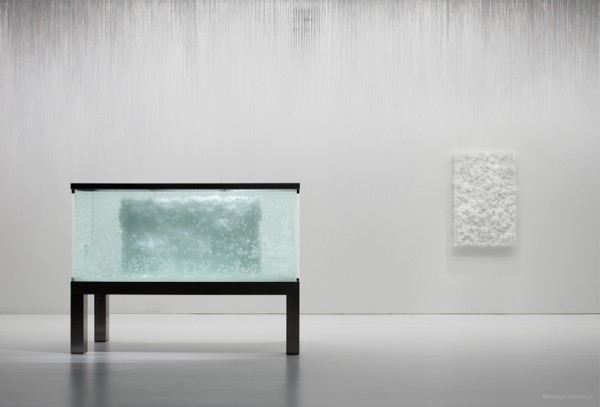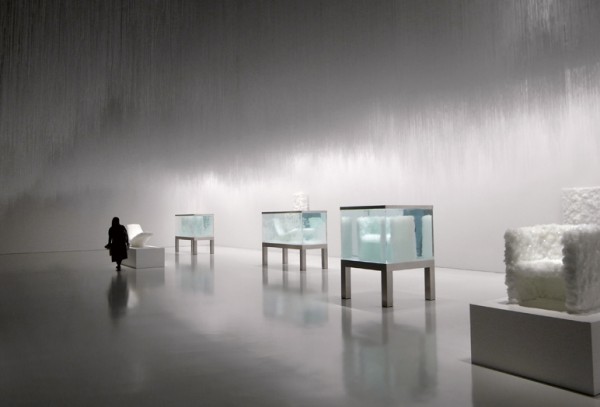Yoshioka Tokujin
Saturday, 16 October 2010
Work from Sensing Nature (that resembles the fortress of solitude).
“Japanese culture and art has always been in a close relationship with nature. In Japan, the word “shizen” was selected at the end of the 19th century as the most appropriate translation of the English word “Nature.” Originally, words such as “shinrabansho” and “tenchibanbutsu” had slightly wider connotations, referring to “all of creation,” including human beings. Incorporating not only the secrets of the universe, natural phenomenon and the changing of the seasons, but also human experiences and perceptions of these things, the Japanese concept of nature became merged with an animistic sense of religion to give rise to a unique form of culture and art. Looking back at Japanese culture from the past – from its traditional performance, architecture and painting, to its postwar movements, such as Mono-ha – it is possible to recognize countless insights not only into the relationship between the natural and human worlds, but also into the abstraction of nature and ideas of designing space with an awareness of creation as a whole…
Yoshioka Tokujin is well known for dynamic spatial designs made using artificial materials, which give us the sensation of experiencing light, snow, storms and other natural phenomena. He is currently exploring the future potential of design to incorporate natural principles and effects and to integrate natural science technologies.
” – Mori Museum



